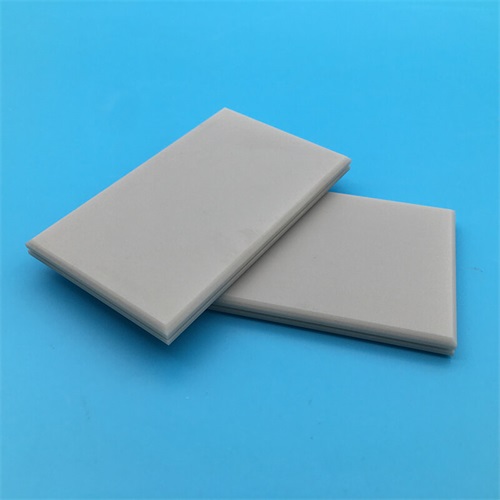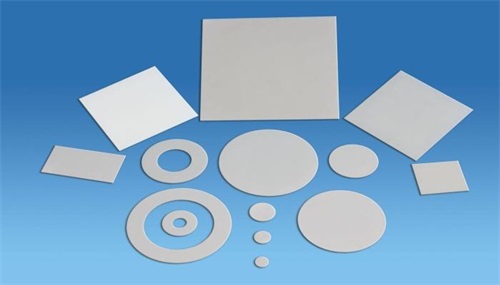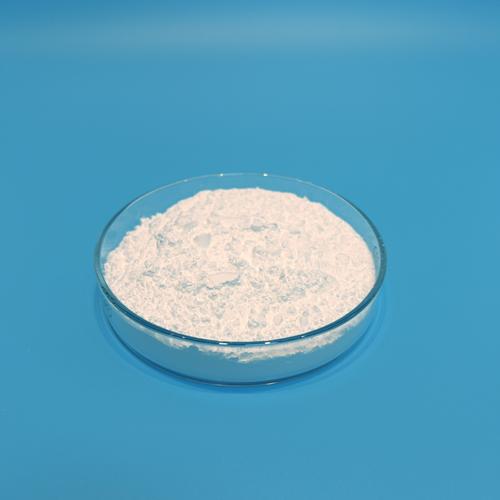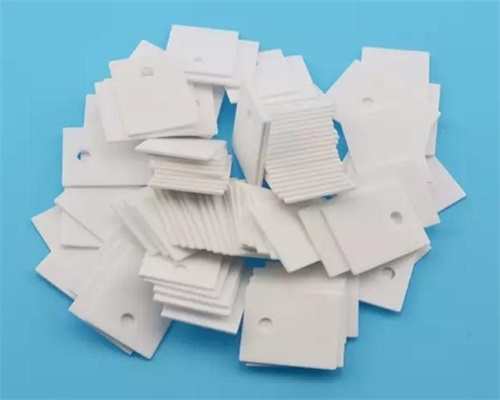Why modify aluminum nitride powder
Aluminum nitride (AlN), as an inorganic non-metallic material of diamond nitride, has shown broad application prospects in microelectronics, semiconductors, aerospace and other fields due to its excellent thermal conductivity, good thermal expansion coefficient, high insulation and excellent resistance to molten metal erosion. However, aluminum nitride powder is highly hydrophilic, which severely limits its stability and performance in practical applications. Therefore, it is particularly necessary to modify the aluminum nitride powder.
Characteristics and Applications of Aluminum Nitride Powder
Aluminum nitride powder has high thermal conductivity (theoretical value of 320W/(m · K), actual value can reach 100-280W/(m · K)), good coefficient of thermal expansion, high insulation, and excellent resistance to molten metal erosion. These characteristics make it an ideal raw material for preparing high-performance aluminum nitride ceramics, thermal conductive silicone, thermal conductive epoxy resin, nano lubricating oil, and anti-wear agents. In the electronics industry, aluminum nitride powder is widely used in the manufacturing of integrated circuit substrates, electronic devices, optical devices, heat sinks, etc. It is of great significance to improve the heat dissipation performance and strength characteristics of materials.

The hydrolysis problem of aluminum nitride powder
Although aluminum nitride powder has many excellent properties, its highly hydrophilic nature is an issue that cannot be ignored. Aluminum nitride powder is prone to form aluminum hydroxide with hydroxyl groups in water at room temperature, releasing ammonia gas and causing a large amount of oxygen to dissolve into the lattice of aluminum nitride, thereby reducing its thermal conductivity. The hydrolysis process not only affects the properties of aluminum nitride powder, but may also cause it to deteriorate during storage and transportation, seriously affecting its application effectiveness. Therefore, solving the hydrolysis problem of aluminum nitride powder is the key to improving its application stability and performance.

Modification method of aluminum nitride powder
In order to suppress the hydrolysis reaction of aluminum nitride powder and improve its hydrolysis resistance and stability, scientists have developed various modification methods. These methods mainly include coating modification, surface chemical modification, heat treatment, etc.
Coating modification method:
Surfactant method: Based on the properties of the surface charge of aluminum nitride particles, cationic or anionic surfactants are used to coat the aluminum nitride powder body, forming a coating layer with a certain thickness. This coating layer can change the interfacial tension between gas-liquid and solid-liquid in the powder dispersion system, thereby improving the hydrolysis resistance and dispersibility of nitride aluminum powder.
Inorganic coating modification: Inorganic compounds or metals are deposited on the surface of aluminum nitride powder through certain means to form coating films or core-shell composite particles. This method can significantly improve the surface properties of aluminum nitride powder, enhance its resistance to hydrolysis and stability.
Super dispersant: Super dispersants have amphiphilic structures similar to traditional surfactants, but their anchoring groups and solvation chains can more firmly adsorb onto the particle surface, forming a more stable coating layer. This method not only improves the hydrolysis resistance of aluminum nitride powder, but also enhances its dispersibility in liquids.
Surface chemical modification method:
Coupling agent modification: A coupling agent is a compound that has both polar functional groups that can react with the surface of inorganic particles and organic functional groups that are reactive or compatible with organic compounds. By modifying with coupling agents, a dense protective film can be formed on the surface of aluminum nitride powder, improving its resistance to hydrolysis and compatibility with organic compounds.
Surface oxidation modification: Chemical methods are used to induce oxidation reactions on the surface of aluminum nitride powder, forming a dense protective film of aluminum oxide. This protective film can effectively prevent water molecules from corroding the aluminum nitride powder and improve its resistance to hydrolysis.
Surfactant modification: By utilizing the hydrophilic and hydrophobic groups of surfactants to modify aluminum nitride powder, a protective layer with steric hindrance effect can be formed on its surface. This protective layer can prevent water molecules from coming into contact with the aluminum nitride powder, thereby improving its resistance to hydrolysis.
Heat treatment method:
By heating the aluminum nitride powder, oxidation reaction occurs on its surface, forming a dense aluminum oxide protective film. Although this method can improve the hydrolysis resistance of aluminum nitride powder, it may significantly reduce its nitrogen content, so careful selection is needed in practical applications.

The importance of modifying aluminum nitride powder
Modifying aluminum nitride powder can not only improve its hydrolysis resistance and stability, but also enhance its dispersibility in liquids, compatibility with organic compounds, and other surface properties. These improvements are of great significance for expanding the application scope of aluminum nitride powder and improving its application effect. For example, in the preparation of high-performance aluminum nitride ceramics, the modified aluminum nitride powder can be more uniformly dispersed in the ceramic matrix, improving the density and thermal conductivity of the ceramic; When preparing thermal conductive silicone and thermal conductive epoxy resin, the modified aluminum nitride powder can be better compatible with the matrix material, improving the material’s heat dissipation performance and service life.

Aluminum nitride powder, as an inorganic non-metallic material with excellent properties, has shown broad application prospects in multiple fields. However, its highly hydrophilic nature limits its stability and performance in practical applications. Therefore, it is particularly necessary to modify the aluminum nitride powder. By using various modification methods such as coating modification, surface chemical modification, and heat treatment, the hydrolysis resistance and stability of aluminum nitride powder can be effectively improved, and its dispersibility in liquids, compatibility with organic compounds, and other surface properties can be enhanced. These improvements are of great significance for expanding the application scope of aluminum nitride powder and improving its application effect.
PREVIOUS:Thermal conductivity values and other applications of aluminum nitride
NEXT:What is aluminum based silicon carbide composite material
CATEGORIES
LATEST NEWS
- Zirconia Ceramic Rod Custom...
- High-temperature resistance...
- What is the wear resistance...
- What is the hardness of cer...
- Aluminum oxide ceramic cust...
- What are the main aspects o...
- What are the mechanical pro...
- Thermal properties of zirco...
- What properties should be c...
- What are the mechanical pro...
